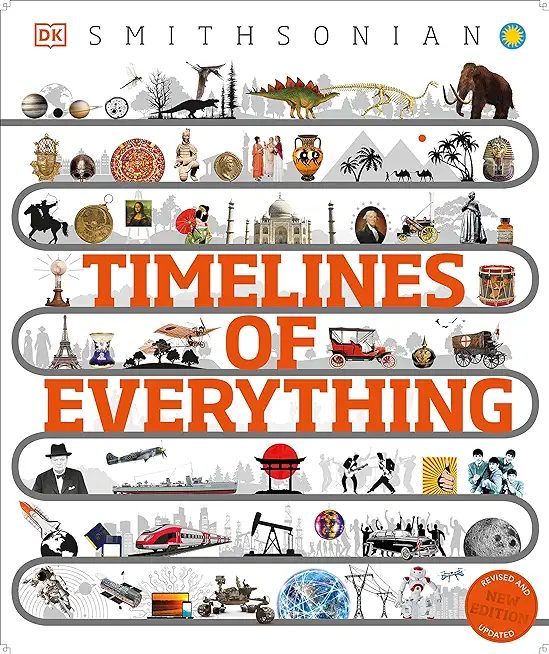
description
h and 20th centuries to its distant past and its potentially apocalyptic future, this sweeping tale of rebellion, courage, and brutality reinvents fiction for our time. Delhi, the near future: Bibi, a low-ranking employee of a global consulting firm, is tasked with finding a man long thought to be dead but who now appears to be the source of a vast collection of documents. The trove purports to reveal the secrets of the Indian government, including detention centers, mutated creatures, engineered viruses, experimental weapons, and alien wrecks discovered in remote mountain areas. Bhopal, 1984: an assassin tracks his prey through an Indian city that will shortly be the site of the worst industrial disaster in the history of the world. Calcutta, 1947: a veterinary student's life and work connect him to an ancient Vedic aircraft that might stave off genocide. And in 1859, a British soldier rides with his detachment to the Himalayas in search of the last surviving leader of an anti-colonial rebellion. These timelines interweave to form a kaleidoscopic, epic novel in which each protagonist must come to terms with the buried truths of their times as well as with the parallel universe that connects them all, through automatons, spirits, spacecraft, and aliens. The Light at the End of the World, Siddhartha Deb's first novel in fifteen years, is a magisterial work of shifting forms, expanding the possibilities of fiction while bringing to life the India of our times.
member goods
No member items were found under this heading.
Return Policy
All sales are final
Shipping
No special shipping considerations available.
Shipping fees determined at checkout.







